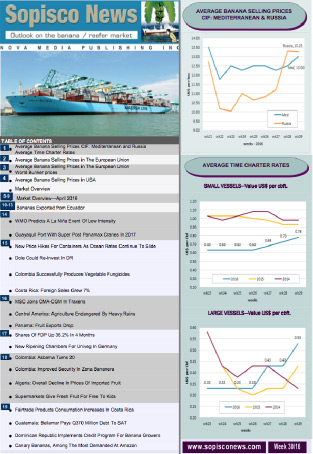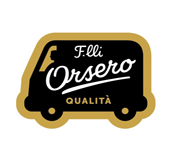New Zealand’s Local Banana Market: Aiming to Reduce Carbon Footprint
2024-03-08

A horticulturist from Northland is on a mission to reduce the carbon footprint of one of New Zealand’s most beloved fruits - the banana. In 2022, New Zealand imported over 81,000 tonnes of bananas, accounting for about a third of all fresh produce imports, as reported by the sizeable pan-industry group United Fresh. However, Geoff Mansell, the orchard manager at Kotare Subtropicals, a wholesale nursery located in Maungatapere, southwest of Whangārei, envisions a future where consumers can enjoy locally grown bananas.
The nursery, which spans three hectares, is home to feijoas trees, figs, and now bananas. This includes Honduran hybrid varieties such as Goldfinger, Mona Lisa, Bonanza, and High Noon, cultivated both indoors and outdoors.
Mansell believes introducing bananas, a rapidly growing tropical and sub-tropical produce sector, will add value to their land. “We initiated the new banana plantation to diversify our crop types and enhance the value derived from our land,” Mansell explained. He added that after several seasons, they realized that their feijoa and fig crops were not generating sufficient income.
Given a good supply, Kotare Subtropicals, a collective of tropical growers, can distribute hundreds of kilograms of locally grown bananas to Northland supermarkets each month. Mansell expressed hopes of expanding into Northland and Auckland and assisting growers in other warm-climate regions to establish banana plantations and bolster local reserves. “Import substitution is an effective strategy to bring New Zealand food to the table and into supermarkets, by growing crops such as papayas, pineapples, and other sub-tropicals, which are now viable in our climate. This not only creates employment opportunities but also diversifies the range of products available to customers at supermarkets or through markets,” Mansell stated.
Over the past five years, interest in local banana cultivation has risen, driven by land-use changes and growers’ pursuit of high-value crops. Mansell noted that robust sales of subtropical plants indicate a strong demand for them. Furthermore, local groups like the NZ Rare Fruit Growers Facebook page have seen a surge in membership, reaching around 20,000 members within five years.
According to Mansell, the most crucial factor for a thriving banana plantation in New Zealand is adequate shelter to protect plants from strong winds. Before establishing the new banana plantation, Mansell conducted industry trials to assess the feasibility of growing tropical and sub-tropical fruits in New Zealand. The nursery specializes in other subtropical fruits like papaya, pineapple, and jackfruit.









